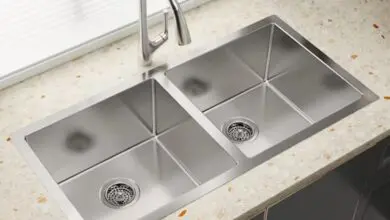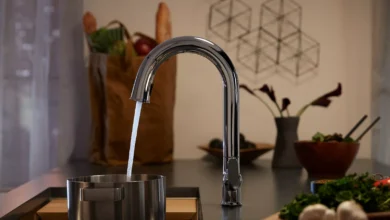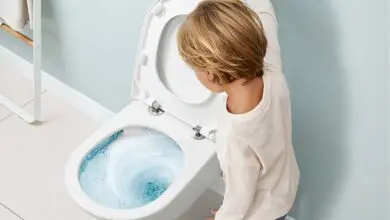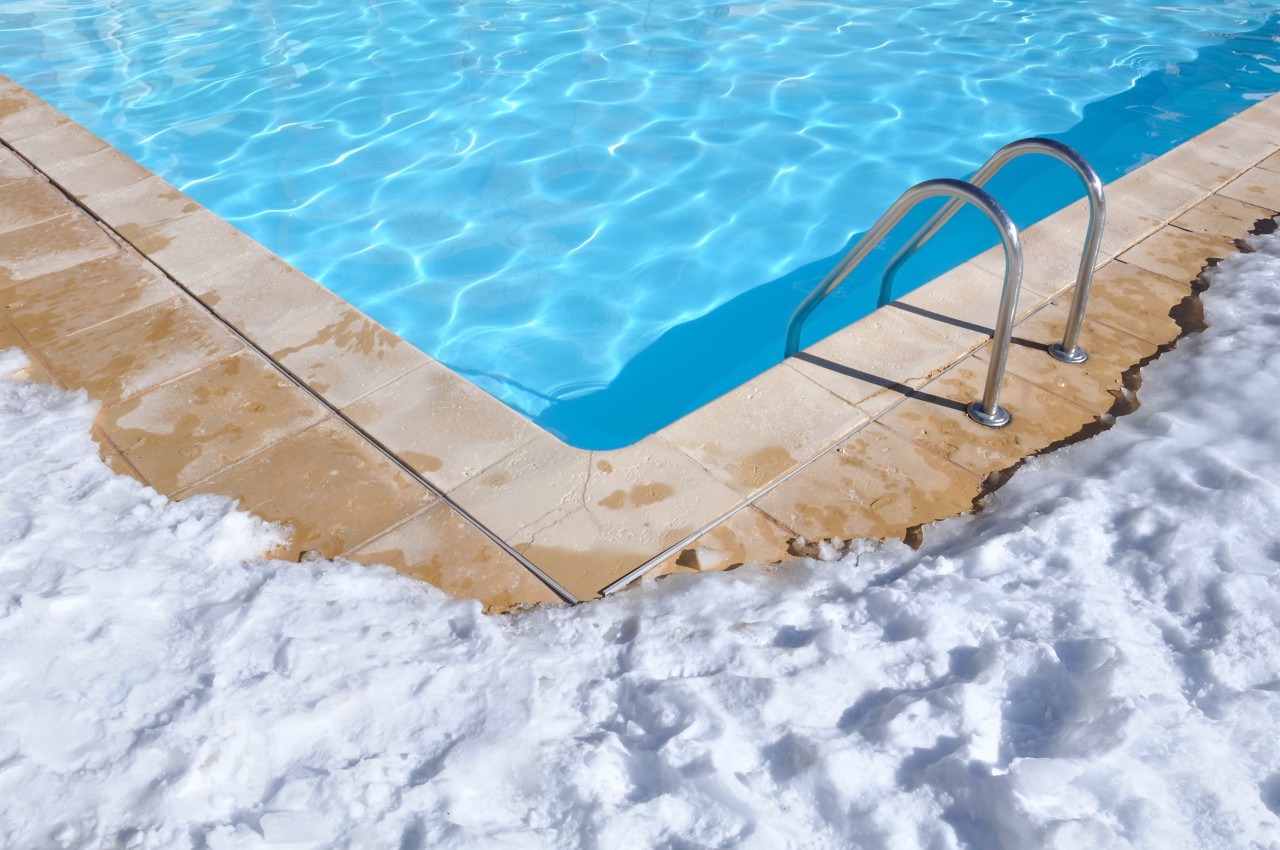
After several months of the bathing season, there comes a time when water and air are no longer pleasant temperatures – so the pool should be prepared for winter dormancy. For the water to remain clean after a few months, the pool walls are preserved, equipment and pipes undamaged – you need to know how to properly maintain it.
The Bathing Season Is Over: Now What?
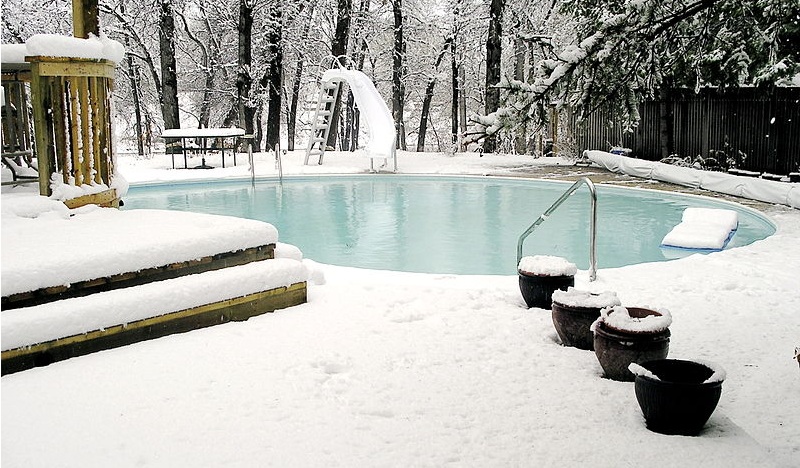
Those of you who have a pool in the yard can’t wait for nice weather. It’s because it’s the ideal place to cool off. Proper pool maintenance does not require much commitment. It is only important that maintenance is done regularly – and in an adequate manner.
This also includes maintenance during the winter. After sunny days when the autumn comes – it is time to prepare the pool for off-season dormancy. Although most pool owners already know how the pool should be maintained in the winter – some tips and tricks are worth repeating and remembering well. Don’t forget: The pool is generally a big investment – and it would be a real shame for your pool to get damaged when it is out of use. That’s why you need to know how to properly maintain it during the wintertime.
And What About Maintenance?
The first and basic thing is that the bottom of the pool must be thoroughly cleaned. For this purpose, various cleaning systems can be used, and you can learn more about them on this website. It is recommended to keep the water in the pool over the winter. This protects the edges and bottom of the pool. However, like with any water in the pool – everything must be prepared in advance.
The level should be lowered below the drain hole – and the pool overwintering agent should be poured into it. These agents bind mineral particles and prevent the growth of algae. This way, the pool will be easier to clean when the time comes – with the minimal use of cleaning agents. But this is not all you need to do. Therefore, here are 5 tips and tricks for maintaining a pool during the winter.
1. Chlorine Shock – Destroy All Bacteria
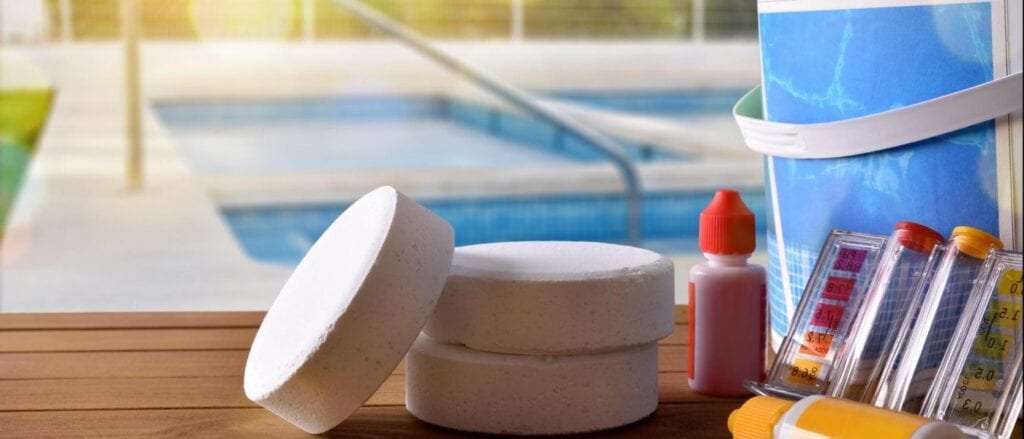
When the water temperature drops below 53 degrees – then it is recommended to do a winter service. At higher temperatures, the development of microorganisms and algae is intensified – and the goal is to prevent multiplication – so that the water under the cover could be the best quality in the spring. A few days before closing the pool while the filtration is still working normally – you should perform a so-called chlorine shock to destroy all the bacteria. You should use chlorine granules that dissolve quickly in water – rather than tablets. Be careful around the edges of the pool – because if chlorine drips directly on the pool, it can damage it. After a few days, you can continue further procedures for the conservation of the pool.
2. Things You Can Use Against Calculus And Algicides
The bottom of the pool should be well vacuumed and cleaned of leaves, bugs – and sediment at the edges. When the water temperature is no longer suitable for the development of algae, and it’s free of chlorine, and when the pH level of the water is 7.0-7.4 – then we can put in the pool Algicide agent. This is an agent that acts against limescale formation. It is best to use a non-foaming algaecide because in that case – you will be able to use the same water in the spring. Put the algaecide in the water also during the operation of the circulation pump. However, you should avoid the passage of water through the sand filter.
3. Prepare Pool Equipment For The Winter Season
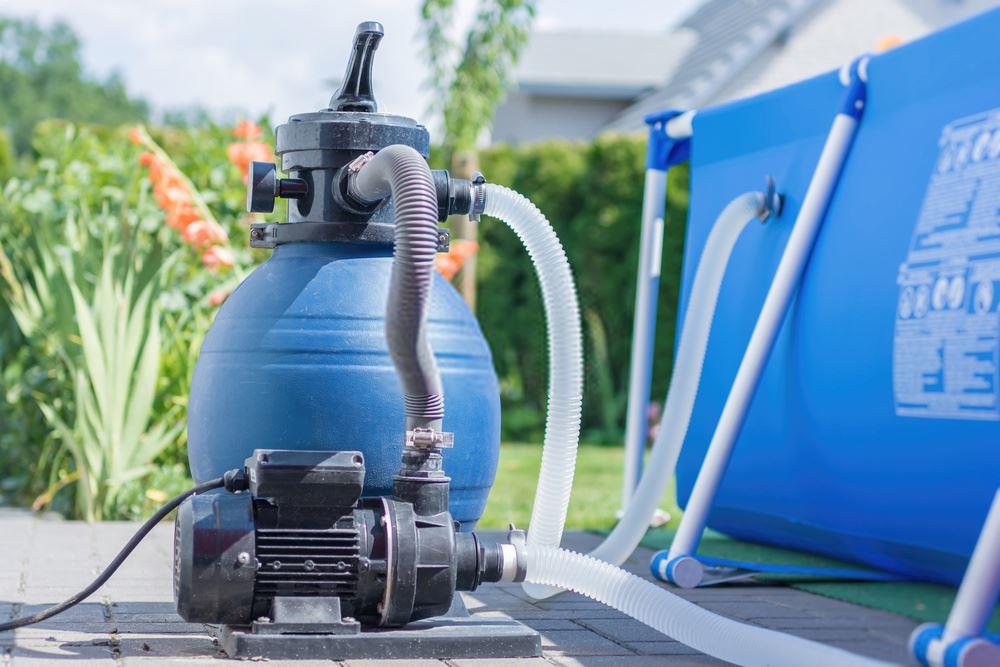
As when preparing a car for the winter – the situation with the pool is quite similar. You need to check the complete equipment before the upcoming cold winter days. Although your pool will be covered and out of use during the winter – it can sometimes happen that twigs or dirt get into the water. Therefore, it is very important to take care of the filter. Be sure to rinse and maintain the filter according to the instructions provided by the manufacturer. It is also very important to check how the heater, pump, and drains work. Everything must be completely correct before the winter break.
4. Frost Protection
If you leave a certain amount of water in the pool during the winter, as recommended – you must take into account the weather conditions during the winter. Namely, the weather may be extremely cold and cause the water in your pool to freeze. This situation is inconvenient because it can destroy your pool equipment – but also the pipes and plumbing system. So make sure you use antifreeze means on time. In this way, pool equipment will be safe in case of sudden temperature drops. Otherwise, it may happen to you that due to the frozen pool installations – you later have large expenses for repairs.
5. Follow Water Level Changes
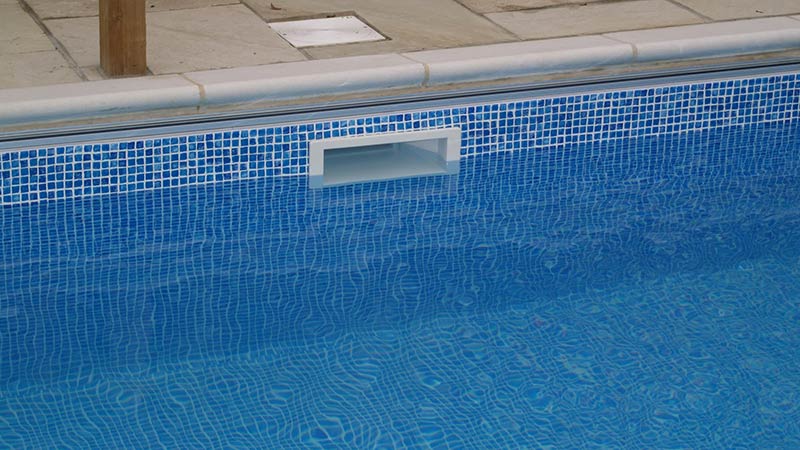
The water level in the pool must be constant. This means that a lower, or higher water level than expected – is not recommended. The ideal water level in the pool during the winter period depends primarily on the area where you live. If you are in a warmer environment, the water can be filled almost to the top. However, if you live in a colder area – then the recommendation is that the water level is about 5-6cm below the level of the skimmer. All of this is important so that the surface layer of water does not freeze – as this can cause you additional problems.
What To Do After Winter?
At the end of the winter season, when temperatures rise and you want to activate the pool – remove the winter pool covers. Clean the pool and fill it to the required level with the water. Start the filter pump, adjust the pH value of the water – and treat the water with a fast-dissolving chlorine agent. If the pool water is dirty, do the chemical treatment – and turn on the filtration pump for continuous operation. Assuming your system is properly working and in good condition – the water will clear up in a day or two. Since in this case the impurities are increased – rinse the filter several times a day.


